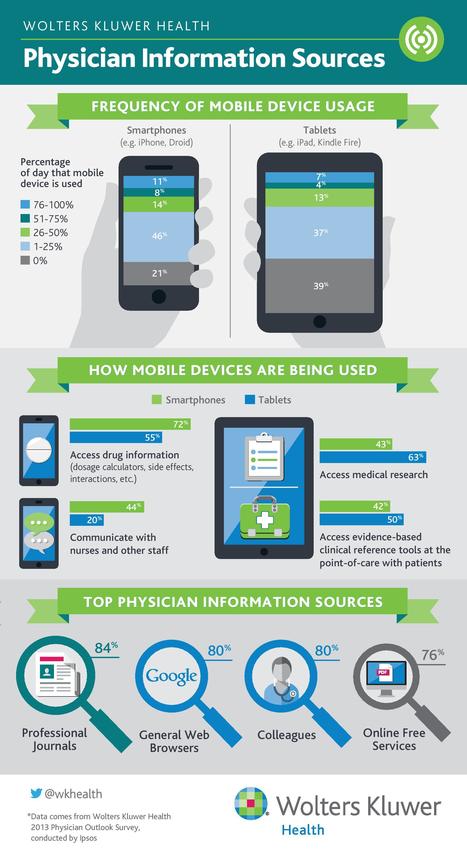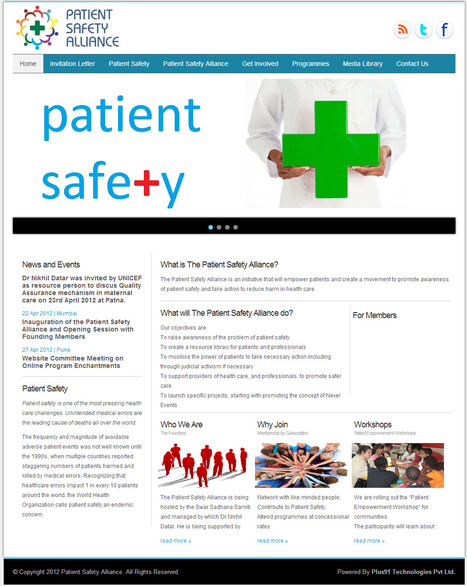Obtaining informed consent is one of the most important things that a surgeon does.
I’d argue that obtaining informed consent is one of the most important things that a surgeon does — akin to the last stitch of an aortic anastomosis, the life-saving jolt of electricity to jumpstart a fibrillating heart, or the first pass of a scalpel during an emergent laparotomy.
Informed consent defines 21st-century medicine, contrasting sharply to the days of paternalistic care. Informed consent, when done properly, puts decision making into the hands of our patients. It can serve as a checkpoint to discuss goals of care and what constitutes a meaningful life for a particular patient.
It’s time we teach our trainees how to obtain informed consent the proper way. We need to slow down, pull up a chair, and look people in the eyes. We need to truly know our patients — how they understand their diagnoses, how they interface with medicine, their socioeconomic status, and education level. We must address goals of care with clear “if-then” statements.
When I teach younger residents how to obtain informed consent I often harp on a concept I learned in my undergraduate psychology class called theory of mind. Theory of mind is defined as “being able to infer the full range of mental states (beliefs, desires, intentions, imagination, emotions, etc.) that cause action.” In my opinion, theory of mind is an integral part of the consenting process that allows us to reverse roles, to see the world how our patients see it.
Halfway through obtaining informed consent from my patient, my attending steps in. He snags a stool from the corner of the room. He sits directly in front of the sick man. He talks about what life will be like for him as a new amputee.
He emphasizes the importance of diabetes control and smoking cessation. We may do everything we can and the man still may die. Would he want to live if it meant he could never go home again? He conveys the gravity of the current situation in a way that is pitch perfect. This, I think to myself, is how it’s done.
For surgeon trainees, just like making our first cut, informed consent is a skill learned by example and should be done under the watchful eye of our mentors. It’s time to pay it forward. Next time you are the chief resident, the senior attending, or anywhere in between, take a trainee with you and teach him or her how to obtain informed consent the right way. Do away with the notions of “efficiency” and speed. Your patients and your pupils will be eternally grateful.



 Your new post is loading...
Your new post is loading...













If you are in India and are interested in using a cloud based solution for informed consent which is in accordance with the supreme court guidelines, please leave a message in the comments.
We launched http://doctor.myconsent.in/ about 6 weeks back and it is in Private Beta at the moment.